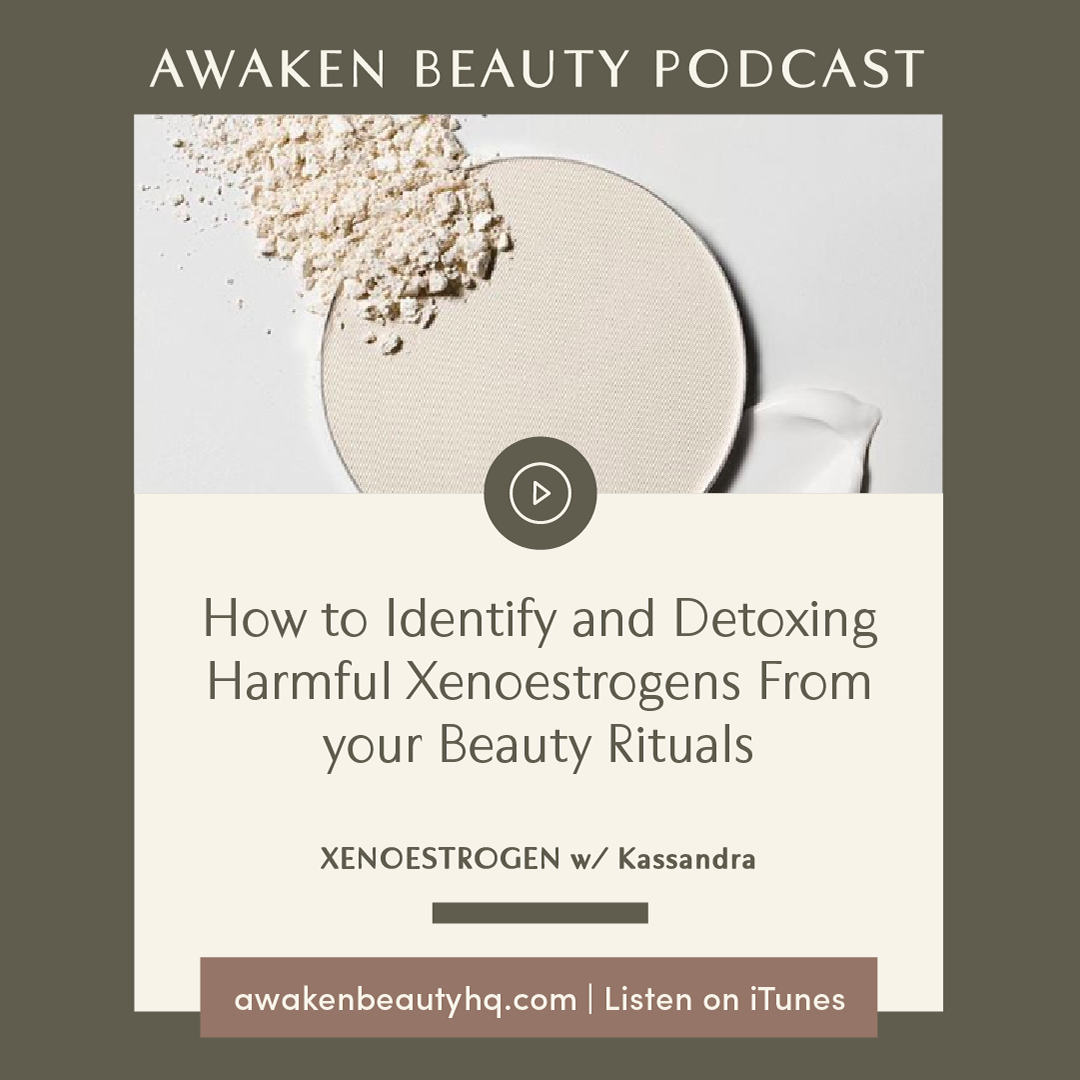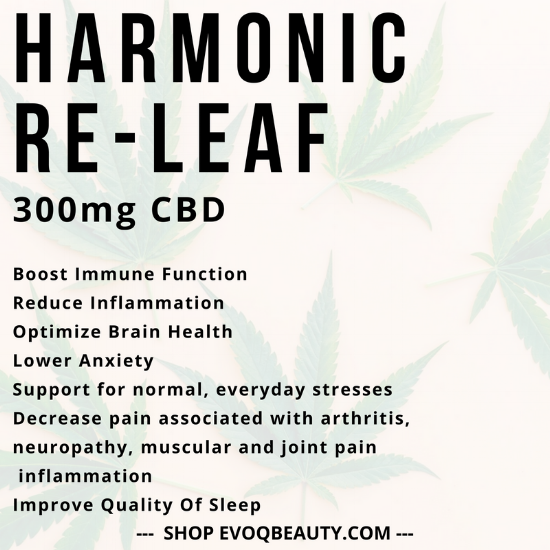Aging
Aging comprises the collective physiological, functional, and mental changes that accrue in a biological organism over time. It is the primary risk factor for many chronic diseases in humans, including cancer, Alzheimer's disease, and cardiovascular disease.
Chronological age
An individual's chronological age simply reflects the number of years an individual has been alive. Although scientific milestones correlate that chronological age is an unreliable measure of the aging process.
Epigenetic age
Epigenetic age is based on an individual's DNA methylation health previously discussed. An individual's epigenetic age strongly correlates with their chronological age. However, some exceptions exist. For example, the epigenetic ages of semi-supercentenarians (people who live to be 105 to 109 years old) are markedly younger than their chronological ages.[10]
Biological age
An individual's biological age, sometimes referred to as phenotypic age, provides a measure of the physiological and functional state. It is a calculation of an individual's risk of disease and death compared to individuals of the same chronological age, based on biochemical measures of inflammation and metabolic and immune function.[11]
Age Acceleration
Age acceleration occurs when an individual's epigenetic age exceeds their chronological age
and may be the result of either intrinsic or extrinsic factors.
Intrinsic factors are largely driven by internal physiological and biological factors such as normal metabolism and genetics.
Extrinsic factors are those associated with lifestyle and environmental exposures, such as diet, chemicals, EMF, UV radiation, and mental health and overall stress.
Each is named for the scientist who created the clock or for the clock's output. The most accurate and robust of these clocks are described here.
Research to Determine Real Time Biological Age
The Hannum clock
Created by Dr. Gregory Hannum, the Hannum clock is a single-tissue calculator of epigenetic age base present in DNA from human blood.[13]
Use of the Hannum clock also demonstrated that exposure to abuse, financial hardship, or neighborhood disadvantage that occurred around the age of 7.5 years alters methylation patterns, which may influence normal patterns of cellular aging.[15]
Another study investigated the effects of cigarette smoking on aging using the Hannum clock based on methylation findings indicated that not only was smoking associated with accelerated biological aging, but even low levels of exposure elicited strong effects.[16]
The Horvath clocks
The original Horvath epigenetic clock, created by Dr. Steven Horvath, predicts age based on methylation patterns and rates in the DNA of 51 different tissue and cell types.[7]
The Horvath clock can identify the epigenetic age of a donor with 96 percent accuracy within approximately four years of actual age.[7] Its accuracy extends across multiple tissue types and ages, including children.
Diet and lifestyle factors that influence epigenetic aging
Extrinsic epigenetic aging incorporates factors such as immune cell aging.
Factors associated with slowed intrinsic aging included higher poultry intake, factors associated with slowed extrinsic aging included higher fish intake, higher carotenoid levels (a marker of fruit and vegetable intake), higher education, moderate alcohol consumption, and higher physical activity.
Factors associated with accelerated intrinsic aging included higher BMI, but metabolic syndrome (which is associated with higher BMI) was linked with both intrinsic and extrinsic accelerated epigenetic aging.[17]
Predicting lifespan and healthspan using a novel epigenetic clock
The recently-identified GrimAge (named creatively for the Grim Reaper) predicts lifespan and healthspan in units of years and tests whether potential lifestyle interventions may slow or reverse biological aging.
DNA methylation PhenoAge: A better predictor of biological age
Dr. Morgan Levine and Dr. Steve Horvath created a multi-tissue clock that calculates an individual's phenotypic age, called DNAm PhenoAge.[11] This clock, sometimes referred to as the "Levine clock," is distinct from other clocks in that it predicts time to death based on DNA methylation as well as biochemical markers of age-related disease, including albumin, creatinine, glucose, C-reactive protein, alkaline phosphatase, and several blood components. Several physiological responses are associated with accelerated phenotypic aging, including increased activation of proinflammatory pathways and decreased DNA repair activities.[11]
The DNAm PhenoAge predicts mortality risk among people of the same chronological age. It was used in a study to estimate the 10-year mortality risk (converted into units of years) in a cohort of people living in the United States (NHANES data), based on nine clinical biomarkers of aging that are highly predictive of cardiovascular disease and coronary heart disease. The findings demonstrated that each one-year increase in DNAm PhenoAge was associated with a 9 percent increase in all-cause mortality, a 10 percent increase in CVD-related mortality, a 7 percent increase in cancer-related mortality, a 20 percent increase in diabetes-related mortality, and a 9 percent increase in chronic lower respiratory disease mortality, even after adjusting for chronological age.
Alcohol, air pollution, and epigenetic aging
One study used the DNAm PhenoAge epigenetic clock to investigate the effects of heavy, chronic alcohol intake on epigenetic age acceleration using clinical biomarkers such as liver function enzymes.
The study, which estimated DNA methylation age in 331 people with alcohol use disorder, found that the disorder accelerated aging by an average of 2.2 years
Exposure to air pollutants is associated with poor health outcomes and increased risk of disease. A study using the Levine clock to gauge epigenetic age of more than 2,700 white women living in the United States who were exposed to particulate air pollutants found that the women's epigenetic aging was accelerated by as much as six years.[23]
Altering the native epigenetic clock's rate of ticking
In general, the native epigenetic clock's ticking rate across multiple types of tissue from a single individual is fairly consistent. However, the cerebellum tends to age more slowly, while female breast tissue tends to age more quickly.
Interestingly, in vitro evidence suggests that the epigenetic age of adult cells can be reset. Dr. Shinya Yamanaka discovered a group of proteins that can reprogram differentiated (mature) cells into pluripotent stem cells and are physiological hallmarks of aging and prolong lifespan partly by resetting the innate epigenetic clock.[24]
The role of Yamanaka factors was demonstrated in vivo as well, in a mouse model of premature aging in which short-term induction of Yamanaka factors improved markers of aging, including those associated with tumor suppression, mitochondrial dysfunction, and oxidative stress. The same study showed that in older, normal mice, short-term induction of Yamanaka factors mitigated the deleterious effects of pancreatic or muscle injury, which could have implications for age-related metabolic dysfunction or strength losses, respectively.[25]
Epigenetic aging determined by genetic and lifestyle factors
Some individuals may be genetically predisposed to a slower overall clock rate. For example, one study analyzed the DNA methylation levels of peripheral blood mononuclear cells (a type of white blood cell) from semi-supercentenarians and their offspring. The investigators found that the average epigenetic age of the semi-supercentenarians was nearly nine years younger than their chronological age. The epigenetic age of their offspring was approximately five years younger than that of their age-matched controls.[10]
Lifestyle factors and exposures can influence the native ticking rate, as well. For example, an obesogenic diet can increase methylation and the clock's subsequent ticking rate.[26] And, as described above, smoking cigarettes and exposure to particulate air pollutants increases the epigenetic aging rate.[16][23] Some interventions have been identified that may slow the aging rate, however. These measures have been studied for their longevity-enhancing effects and include caloric restriction and administration of rapamycin, an immunosuppressant drug.[27]
Conclusion
Epigenetic clocks predict biological age based on molecular markers on an individual's DNA. Several variants of clocks have been identified, and they differ based on the type and number of tissues in which the markers are measured, as well as the final output.
In general, the epigenetic aging rate across multiple types of tissue from a single individual is fairly consistent, but some exceptions do exist.
The use of epigenetic clocks may have widespread applications in health and society, including forensic science and early prevention and treatment of disease to promote healthy aging.
In the future, rather than asking whether a person's biomarkers look better, soon clinical trials may ask whether the person is simply aging better.
If youre interested about how to reduce stress, increase your telomere health now that you’ve captured this in important information - then reach out to me and I’ll share how we can work together so you can STAY SANE, GET SLEEP and BRING YOUR SEXY BACK.































